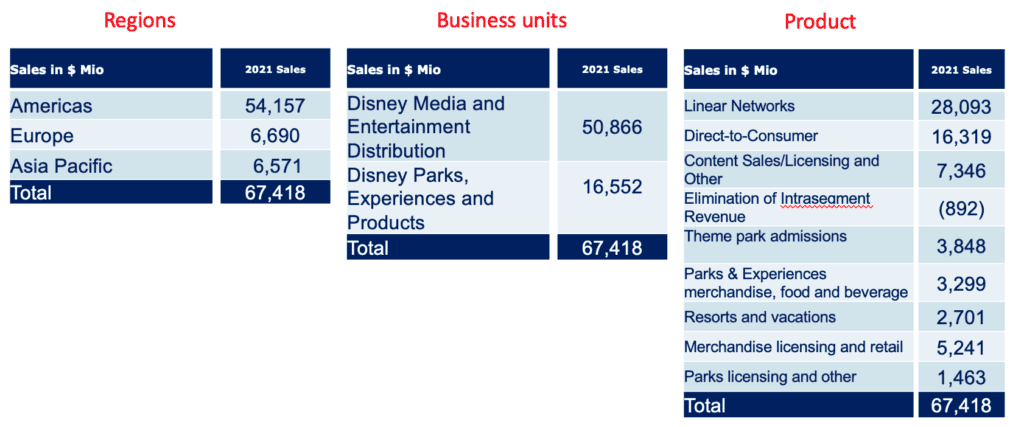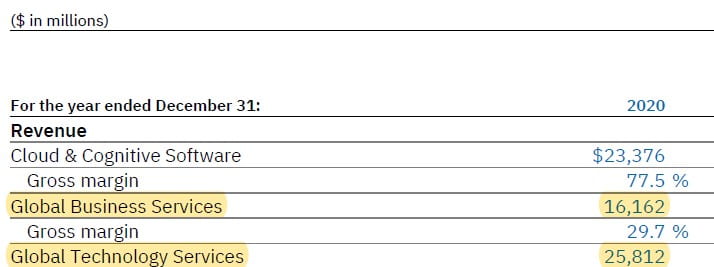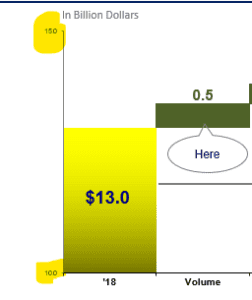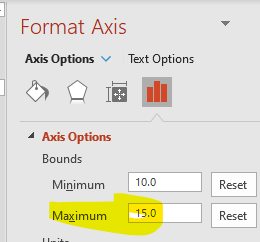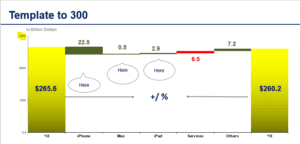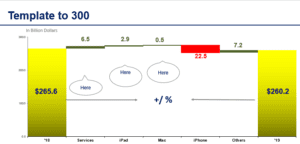Your company asked executives like yourself to comment on whether to increase, decrease, or make no changes to pricing. Please share your comments below.
Background
Cost: a reduction in production capacity and foreign exchange has resulted in an overall cost increase of 30%.
Government regulations: a regulatory change has reduced how many consumers can buy the product at any given time by 50%.
Consumer demand: sales dropped last year. They have recovered some.
Profitability: the profitability of products varies from -20% (some products are sold at a loss) to +80%.
Please share your thoughts below on what to do about pricing.
See a short video about this session here:
